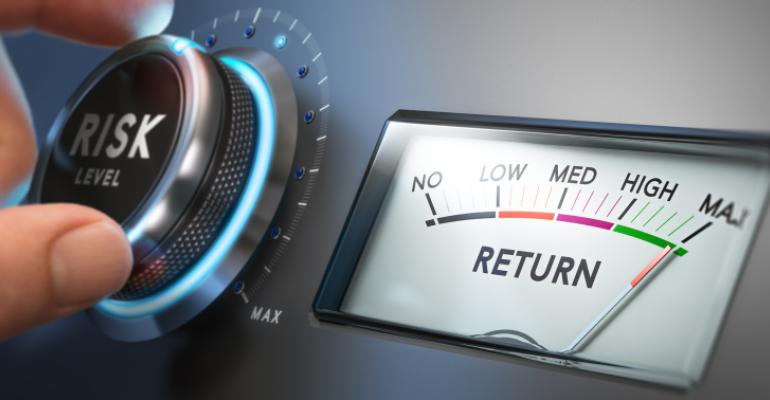Sponsored by 361 Capital
By Cliff Stanton, CFA
Professional investors face a daunting challenge: how to generate real returns sufficient to meet the needs of clients over the next decade or so, while protecting against the inevitability of bear markets and black swans. We’ve learned over time that it’s not enough to have a plan; you have to follow through.
A False Sense of Security
Preparation without full implementation isn’t particular useful. When nothing bad has happened in recent memory, we get lulled into a false sense of security. Risk management is boring until it’s not. And risk management isn’t simply about judging the probability of a loss, but also the magnitude of a loss should one occur.
Eight years and change have now passed since the stock market bottomed out during the financial crisis. The outsized gains of the market, along with our temporal distance from the pain felt during the crisis, have made it increasingly difficult to stay invested in risk-mitigating strategies.

The Importance of Limiting Loss
But the good times can’t last forever, and investors need to consider what changes are necessary to position themselves for success in 2018 and beyond. Risk management should be of primary concern given where equity valuations and interest rates stand, and the fact that central bankers are beginning to remove the stimulus backstop. As we’ve pointed out many times, the math of a big loss is daunting.
Millions of people were headed to retirement with heavy equity concentrations in 2008 when the Dow Jones Industrial Average began its precipitous fall, averaging a 54 percent decline when all was said and done. To put this into context, a loss of 10 percent requires an 11 percent gain to recover. However, as the loss grows, so does the size of the return needed to recover. Indeed, a 50 percent loss requires a 100 percent gain to just to get back to even.
The Risk to Retirement
With market indices hovering around all-time highs and pre-retirees all too eager to ride the equity wave, the issue of complacency—and danger—is apparent. Too many investors fail to realize that it’s not only about the loss of monetary resources, but also the loss of time in which to make them back. For young investors just starting out, its impact is negligible. Not so for their older counterparts, one reason sequence-of-return risk rises with time, and at its highest just before retirement.
The Time is Now
While we don’t know what 2018 will ultimately bring, investors should be assessing the risks in their portfolios now, before the next downturn begins. If the concern is equity market volatility, then long/short equity or equity market-neutral strategies should be considered. If you are searching for a source of returns that has a low correlation to traditional assets, consider managed futures funds. But whatever you do, remember this, protection from adverse market events needs to be in place prior to the occurrence of those events in order to be effective.
Cliff Stanton, CFA is Co-Chief Investment Officer of 361 Capital and is responsible for managing the investment department, including oversight of strategy development, investment research and portfolio management.
Learn more at www.361capital.com.





